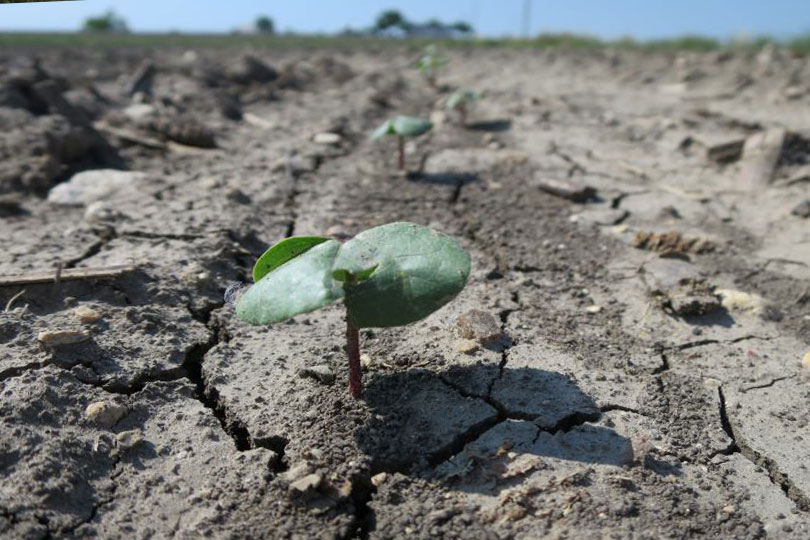By Jennifer Dorsett
Field Editor
Even with hot, dry and windy weather, cotton planting continued in the Rio Grande Valley this week.
According to Texas Boll Weevil Eradication Foundation, Rio Grande Valley farmers have planted more than 115,000 acres of cotton this season.
And the crop is off to a good start, said Texas A&M AgriLife Extension Service Integrated Pest Management Agent Danielle Sekula.
“Cotton across the Valley was pretty clean this week with just a few exceptions in a couple of areas,” Sekula wrote in a recent report.
Most of the area’s cotton was at cotyledon stage with two to three true leaves, she said, but there were a handful of acres of plants sporting four leaves. The oldest plants she spotted had six leaves.
In the Mid-Valley near Lasara, Sekula found cotton nymph aphids and adults, but noted it was a very light presence.
Further south in the Lower Valley, thrip populations were on the rise.
“Along Military Highway in Progreso, Donna, and Pharr, I did pick up on more thrips,” Sekula said. “Those fields that had high thrip counts were directly across from onions or close by. So, if you have cotton along Military Highway–and especially near onions–please check closely. More than likely, you have a thrip infestation like what I saw in the Progreso area.”
Sekula warned that thrips will sap plant juices while feeding and significantly dehydrate leaves, sometimes damaging cotton plants to the point that they’re considered a loss.
Some parts of the Lower Rio Grande Valley received some much-needed rainfall last week, but most of the area continues to experience severe drought. Windy conditions and high temperatures in the 90s contributed to an increase in red spider mite presence.
According to AgriLife Extension’s cotton insect management guide, spider mites thrive in hot, dry weather and tend to decrease in numbers in bouts of humidity.
Sekula said already-stressed cotton in the Monte Alto and Elsa areas had signs of red spider mite infestations, identifiable by the unique webbing they produce.
Cotton fleahopper populations continue to be small. Sekula only found one adult fleahopper in a more mature cotton field in the Mid-Valley, but farmers should remain vigilant as cotton begins to square, she added.
“Despite these sightings, the overall cotton crop was generally clean for now,” Sekula said.

